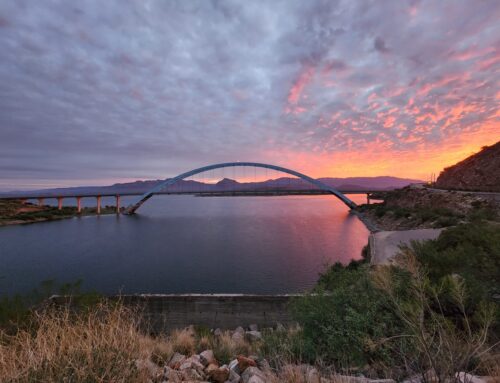
Helicopter Supported Exploration Drilling
Blue Lake is the primary source of hydroelectric power for Sitka, Alaska, and growing electricity demands have necessitated an increase in annual energy output. The expansion includes the addition of a third generating turbine and raising the existing concrete arch dam 83 feet. Once completed, the expansion will increase potential energy output by 27%.
Team Members
City and Borough of Sitka
Barnard Construction Company
Crux Subsurface
Crux’s Role
Crux provided difficult-access core drilling during the feasibility phase, and was selected to return for construction phase. The scope of work included a foundation grouting program, support of a plunge pool scour wall, installation of pressure relief wells, and exploratory core drilling from within a new drainage tunnel. The dam is built into a steep, narrow canyon with no access to abutments, requiring all equipment and personnel to be supported across the dam by a 400 ton crane.
Consolidation grouting was completed to address the top of rock that was weathered, and where discontinuities are prone to dilation. Curtain grouting was designed to address potential flow paths at greater depths to reduce the permeability of the rock formation. The curtain grouting design overlapped the existing grout curtain completed in 1961. Rock anchors were installed in both abutments for increased stabilization.
The plunge pool scour wall consisted of a concrete head wall beam supported by underlying micropiles. Crux examined stress distributions in the concrete headwall and analyzed the intent of the micropile system using finite element techniques, which revealed redundancies in the design. Crux value engineered a solution requiring fewer micropiles of smaller diameter, which effectively benefitted both project cost and schedule.
Project highlights included successfully working through highly fractured rock formations, which caused caving hole conditions during drilling and grouting operations. Additionally, construction congestion from multiple subcontractors and dependence on crane support required crews to work flexible day and night schedules. The project involved increased exposure to safety hazards. Training and effectively communicating these dangers to all personnel resulted in zero incidents.







